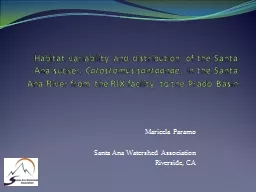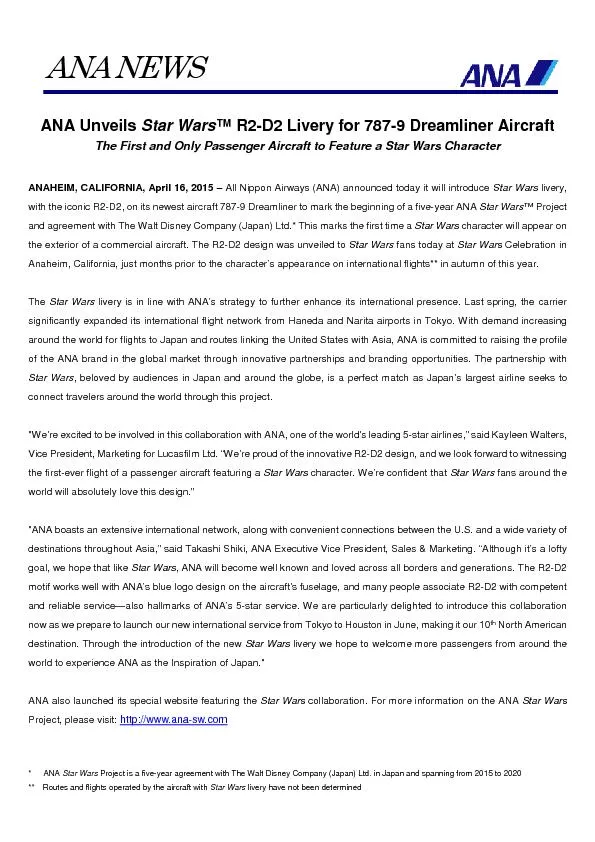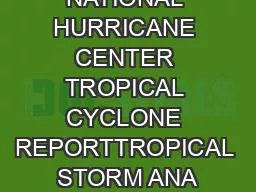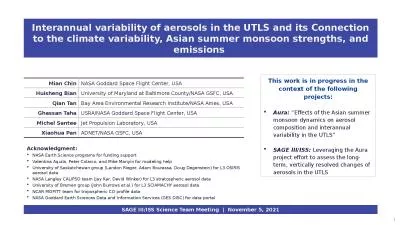PPT-Habitat variability and distribution of the Santa Ana sucke
Author : celsa-spraggs | Published Date : 2017-06-22
Catostomus santaanae in the Santa Ana River from the RIX facility to the Prado Basin Maricela Paramo Santa Ana Watershed Association Riverside CA Information
Presentation Embed Code
Download Presentation
Download Presentation The PPT/PDF document "Habitat variability and distribution of ..." is the property of its rightful owner. Permission is granted to download and print the materials on this website for personal, non-commercial use only, and to display it on your personal computer provided you do not modify the materials and that you retain all copyright notices contained in the materials. By downloading content from our website, you accept the terms of this agreement.
Habitat variability and distribution of the Santa Ana sucke: Transcript
Download Rules Of Document
"Habitat variability and distribution of the Santa Ana sucke"The content belongs to its owner. You may download and print it for personal use, without modification, and keep all copyright notices. By downloading, you agree to these terms.
Related Documents












![[DOWNLOAD] Préparer et réussir le Bac Pro ELEEC - T1 Habitat individuel, locaux industriels](https://thumbs.docslides.com/1005724/download-pr-parer-et-r-ussir-le-bac-pro-eleec-t1-habitat-individuel-locaux-industriels-et-habitat-tertiair-t1-habitat-individuel-locaux-industriels-et-habitat-tertiaire.jpg)

